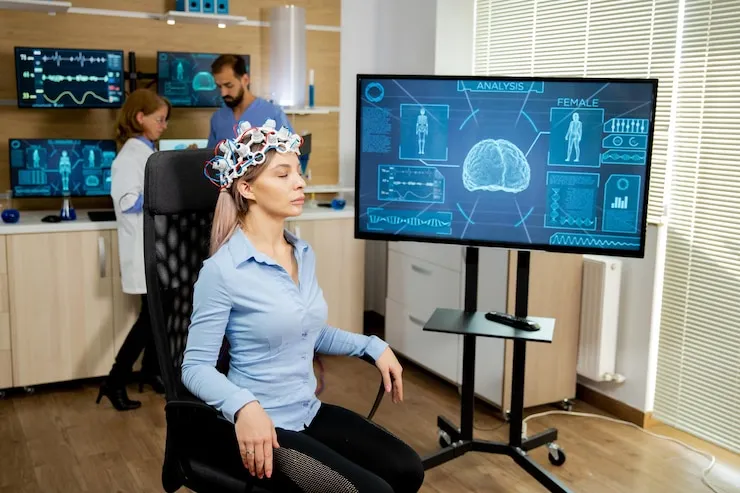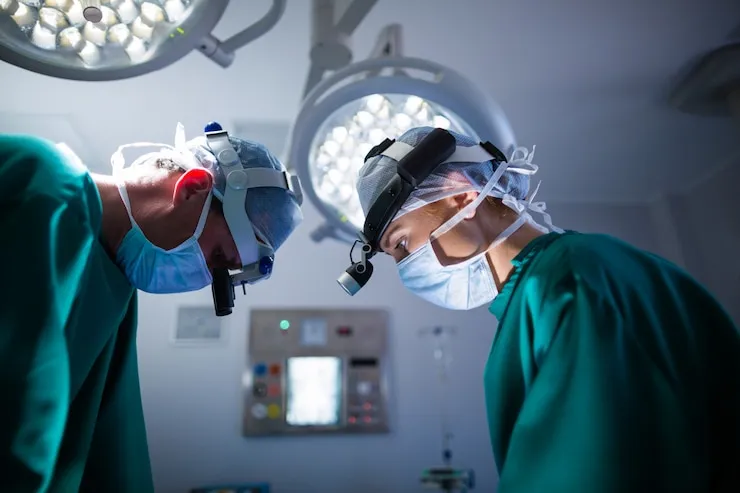Aaron Jackson
Beyond the Scalpel: Deep Brain Stimulation for Movement Disorders
Brain surgery evokes images of complex procedures with lengthy recovery times. However, for individuals struggling with movement disorders like Parkinson's disease and essential tremor, a transformative technology called Deep Brain Stimulation (DBS) offers a minimally invasive and highly effective alternative to traditional brain surgery. DBS utilizes implanted electrodes to deliver electrical pulses to specific areas of the brain, effectively regulating abnormal activity and alleviating movement disorder symptoms. This article equips you with comprehensive information about DBS, comparing it to traditional brain surgery, highlighting its benefits, and exploring its applications in treating various movement disorders.
Traditional Brain Surgery vs. Deep Brain Stimulation: Understanding the Differences
Traditional Brain Surgery for Movement Disorders:
Traditional brain surgery, also known as ablative surgery, involves removing or destroying specific brain tissue to disrupt abnormal activity causing movement disorders. While effective in some cases, this approach can carry risks of permanent neurological damage and requires extensive recovery time.
Deep Brain Stimulation: A Minimally Invasive Approach:
DBS, on the other hand, is a minimally invasive surgical procedure. Here's a breakdown of the process:
- Implantation: Under local anesthesia, a neurosurgeon creates small openings in the skull and precisely implants thin electrodes deep within the brain, targeting specific areas responsible for movement control.
- Lead Placement: Extension wires connect the electrodes to a pacemaker-like device, typically implanted under the collarbone.
- Stimulation and Programming: The implanted device delivers electrical pulses to the targeted brain regions, modulating neural activity and reducing movement disorder symptoms. The settings of the stimulator can be adjusted by a neurologist to optimize symptom control.
The Power of Precision: Deep Brain Stimulation for Movement Disorders
Benefits of Deep Brain Stimulation:
Compared to traditional brain surgery, DBS offers several advantages:
- Minimally Invasive: The procedure is less invasive than traditional brain surgery, leading to shorter recovery times and fewer risks of complications.
- Reversible: DBS is reversible. If necessary, the stimulation can be adjusted or even turned off altogether.
- Precise Targeting: DBS targets specific areas of the brain more precisely, minimizing the risk of damaging healthy tissue.
- Adjustable: The intensity and frequency of stimulation can be adjusted to individual needs, allowing for personalized treatment.

Conditions Treated with Deep Brain Stimulation:
DBS has been proven effective in treating a range of movement disorders, including:
- Parkinson's disease: DBS can significantly reduce tremors, rigidity, and bradykinesia (slowness of movement) associated with Parkinson's disease.
- Essential tremor: DBS is a successful treatment option for essential tremor, a neurological disorder causing uncontrollable shaking.
- Dystonia: DBS can help manage dystonia, a condition characterized by involuntary muscle contractions and abnormal postures.
- Other movement disorders: Research continues to explore the potential of DBS in treating other movement disorders like Tourette syndrome and obsessive-compulsive disorder (OCD).

Living a Life Less Limited: The Future of Deep Brain Stimulation
Clinical Trials and Future Applications:
DBS is a rapidly evolving technology. Ongoing clinical trials investigate its effectiveness in treating a wider range of neurological and psychiatric conditions, including epilepsy, depression, and chronic pain.
A Brighter Future for Patients:
DBS offers immense promise for improving the lives of individuals struggling with movement disorders. With its minimally invasive nature, precise targeting, and potential to treat a growing range of conditions, DBS is revolutionizing the way we manage neurological disorders and paving the way for a future filled with improved quality of life for patients.

 Telehealth Visits Available
Telehealth Visits Available
